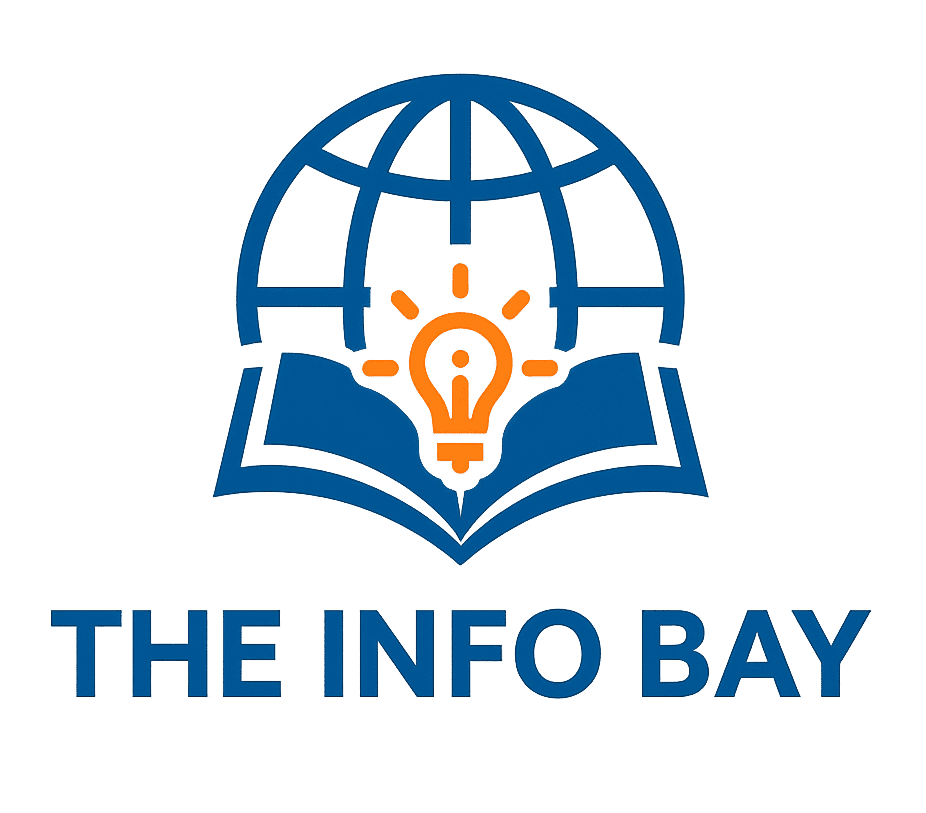Introduction
Why CoreWeave Matters Now
In the fast-evolving world of AI, compute power is the foundation. Cloud providers that specialize in GPU infrastructure are becoming critical to the AI race. CoreWeave (CRWV) is among the leading names making headlines.
Recently, CoreWeave inked a $14.2 billion agreement with Meta to supply cloud infrastructure capacity through 2031 (with an option through 2032), triggering a strong market reaction. Its stock surged in response, reflecting investor optimism about its role in powering next-gen AI workloads.
But hype alone doesn’t make a sustainable company. To understand whether CRWV is an investment to watch (or avoid), we must dig into its growth engines, financial foundations, competitive risks, and prospects.

Company Background & Evolution
Origins & Pivot to AI
Founded in 2017 as Atlantic Crypto, the company started as a crypto-mining operation using GPUs. Wikipedia
After the crypto downturn, it rebranded to CoreWeave, leveraging its GPU infrastructure to serve AI, HPC (high-performance computing), and cloud clients.
Over the years, it developed relationships with Nvidia (providing it priority access to GPUs) and scaled data center capacity across the U.S. and Europe.
Key Moves & Acquisitions
In July 2025, CoreWeave announced an all-stock acquisition of Core Scientific (≈ $9 billion), which gives it greater control over data center infrastructure, power, and avoids future lease costs.
The deal is expected to reduce $10 billion in future lease obligations and yield ~$500 million in annual cost savings by 2027.
CoreWeave also launched CoreWeave Ventures, a fund to support AI startups by giving them access to compute in exchange for equity, deepening its integration with the AI ecosystem.
These moves reflect a strategy to vertically integrate and lock in more control over the “plumbing” of AI compute rather than just being a renter.
Financial Performance & Contract Backlog
Revenue Growth & Backlog
In Q2 2025, CoreWeave reported revenue rising ~207% year-over-year to ~$1.213 billion.
Its revenue backlog (future committed contracts) grew to ~$30 billion, signaling a strong forward pipeline.
Much of the backbone of its business hinges on long-term deals with AI labs and hyperscalers who pay for heavy GPU compute capacity.
Profitability, Margins & Capital Intensity
CoreWeave is not yet consistently profitable. It has been investing heavily in capacity, data centers, power, and infrastructure.
Margins are under pressure due to high depreciation, interest expense, and operational costs of large infrastructure.
It plans $20–23 billion in capital expenditures (CapEx) in 2025 to scale even further.
Strengths & Competitive Advantages
1. Deep AI Focus & GPU Specialization
Unlike general cloud providers (AWS, Azure, GCP), CoreWeave is highly specialized in GPU, HPC, and AI workloads. This specialization gives it technical edge, streamlined operations, and branding as a go-to for compute-intensive projects.
2. Strong Deals & Client Pipeline
Securing the $14 billion deal with Meta strengthens its client diversification (previous heavy reliance on Microsoft / OpenAI). Also, the OpenAI contracts (now expanded) add weight to its recurring revenue base.
3. Vertical Integration via Acquisition
By acquiring Core Scientific, CoreWeave gains control over power, facilities, leases, and the ability to capture margin that would otherwise go to third parties. This reduces dependency on external contracts and may improve long-term profitability.
4. Ecosystem Bet via Ventures & Tools
The launch of CoreWeave Ventures and moves to acquire AI tools (such as reinforcement learning platform OpenPipe) suggest a strategy to embed itself deeper in AI workflows, not just infrastructure.
Risks, Weaknesses & Headwinds
A. Customer Concentration
A major concern: a large portion of revenues is tied to a few big clients (Microsoft / OpenAI). If any of them reduce demand or switch providers, CoreWeave could face sharp revenue drops.
B. Massive Capital Requirements & Leverage
The scale of required investment is enormous. Balancing growth with manageable debt or dilution is tricky. High capital expense commitments expose CoreWeave to financial stress, interest rate risk, and execution risk.
C. Execution & Integration Risk
Merging with Core Scientific, integrating operations, aligning systems, and capturing synergies are nontrivial. Delays or failures in integration could harm margins.
D. Technological Obsolescence & Vendor Relations
GPU hardware evolves fast. If CoreWeave can’t continuously access cutting-edge GPUs or if it’s slower than competitors in adopting new architectures, it risks falling behind. It is heavily dependent on Nvidia’s roadmap and supply.
E. Market Sentiment & Valuation Compression
The stock has seen high volatility. After the IPO and lock-up expirations, profit-taking and revaluation can lead to sharp price pressure. HSBC even gave a bearish $32 price target citing these risks.
Latest Developments & Market Reaction
The Meta deal announcement spiked CoreWeave’s stock by ~12–15% as investors reacted to the scale and visibility boost.
CoreWeave also expanded its OpenAI contract by $6.5 billion, bringing total OpenAI commitments to ~ $22.4 billion.
After initial dips post-acquisition announcement, markets appear to be stabilizing and reassessing the long-term case. (Shares dropped slightly after the Core Scientific deal news).
Analysts like Amit Daryanani (Evercore ISI) initiated coverage with “Outperform” and a target of ~$175, citing upside potential of ~40%.
Valuation & What to Watch
Valuation Multiples
The valuation is rich relative to current earnings, largely based on forward sales multiples and expected growth. Some compression has already occurred from early over-exuberance.
Key Metrics to Monitor
Realization of backlog into recognized revenue
Operating margins over time
Free cash flow trajectory
Debt levels vs service capacity
Customer retention and churn among major clients
Integration progress with Core Scientific and product acquisitions (OpenPipe)
Possible Future Scenarios
Scenario 1: Strong Execution & Market Leadership
CoreWeave successfully integrates Core Scientific, converts backlog to revenue, improves margins, diversifies client base, and cements its position as a backbone of AI infrastructure. Stock soars accordingly.
Scenario 2: Moderate Growth, Margin Squeeze
Growth continues but at slower pace. Heavy CapEx and interest costs keep profitability muted, making the stock volatile and dependent on sentiment.
Scenario 3: Operational Hurdles & Outperformance Pullback
Problems in integration, client losses, or hardware bottlenecks lead to execution delays, causing investor pullback and downward revisions.
Scenario 4: Overvaluation Correction
If broader tech/AI sentiment cools, or macro risks rise (e.g., interest rates, regulation), CoreWeave could see valuation re-rating downward, even if fundamentals remain solid.
Friendly FAQs
Q1: What is CoreWeave (ticker CRWV)?
CoreWeave is a cloud infrastructure provider focused on GPU, AI, and HPC workloads. Initially a crypto miner turned AI infrastructure firm.
Q2: Why did CoreWeave stock spike recently?
Mainly due to the $14.2 billion agreement with Meta for cloud compute services, boosting investor confidence and revenue visibility.
Q3: What was the Core Scientific acquisition about?
CoreWeave acquired Core Scientific via all-stock transaction to gain data center assets, control power infrastructure, reduce lease obligations, and improve margins.
Q4: Is CoreWeave profitable now?
No, it is still investing heavily. Profitability remains elusive, with tight margins due to capital and operational costs.
Q5: What are the key risks for CRWV?
Customer concentration, heavy dependence on few major clients, large CapEx and debt requirements, integration risk, and rapid hardware evolution among biggest threats.
Q6: Can CRWV become a long-term leader in AI infrastructure?
Yes, in a favorable scenario if execution, client diversification, and competitive edge in hardware access hold up.
Conclusion & Call to Action
CoreWeave (CRWV) sits at a pivotal moment. Its aggressive expansion, strategic acquisitions, and massive deal pipeline make it one of the most talked-about names in AI infrastructure investing. But the path is not without pitfalls: execution risk, cost burdens, and concentration make this a high-stakes play.
For investors, this is not a safe income stock — it’s a growth/speculation play rooted in believing in the AI infrastructure megatrend. If you’re comfortable with volatility and long-term vision, CRWV could reward handsomely. If you prefer steadiness and proven profits, caution is warranted.
What to do next:
Track quarterly earnings and backlog conversion
Watch its customer diversification and new client wins
Evaluate integration progress for Core Scientific
Monitor macro sentiment affecting AI / tech stocks
Consider blending CRWV in a portfolio with other more stable holdings
More Information: Visit Website
